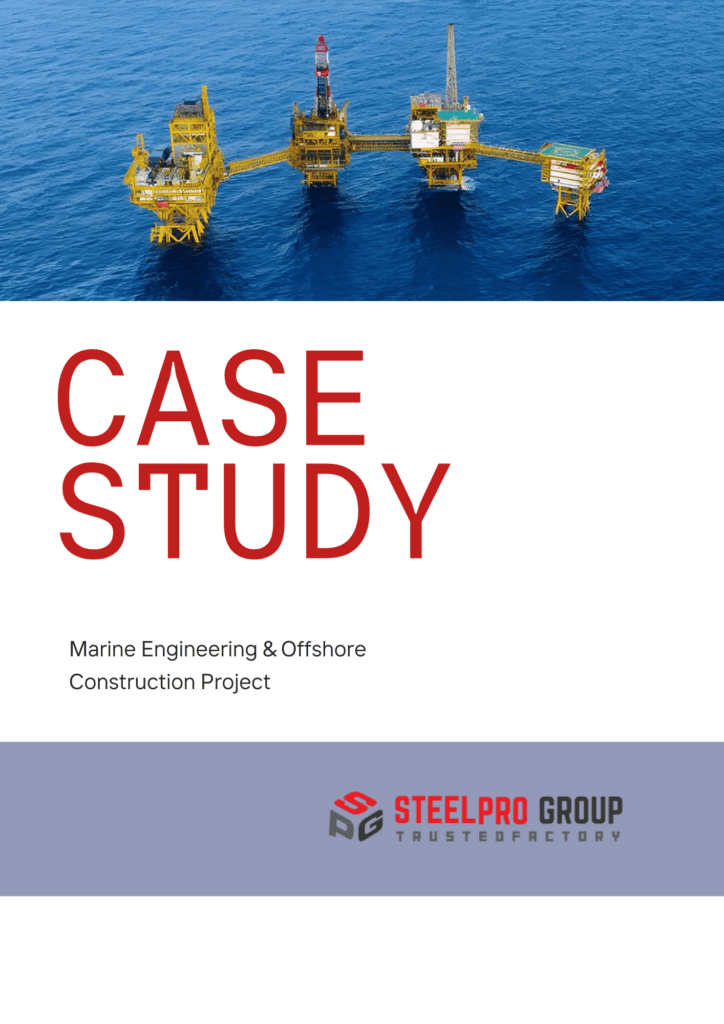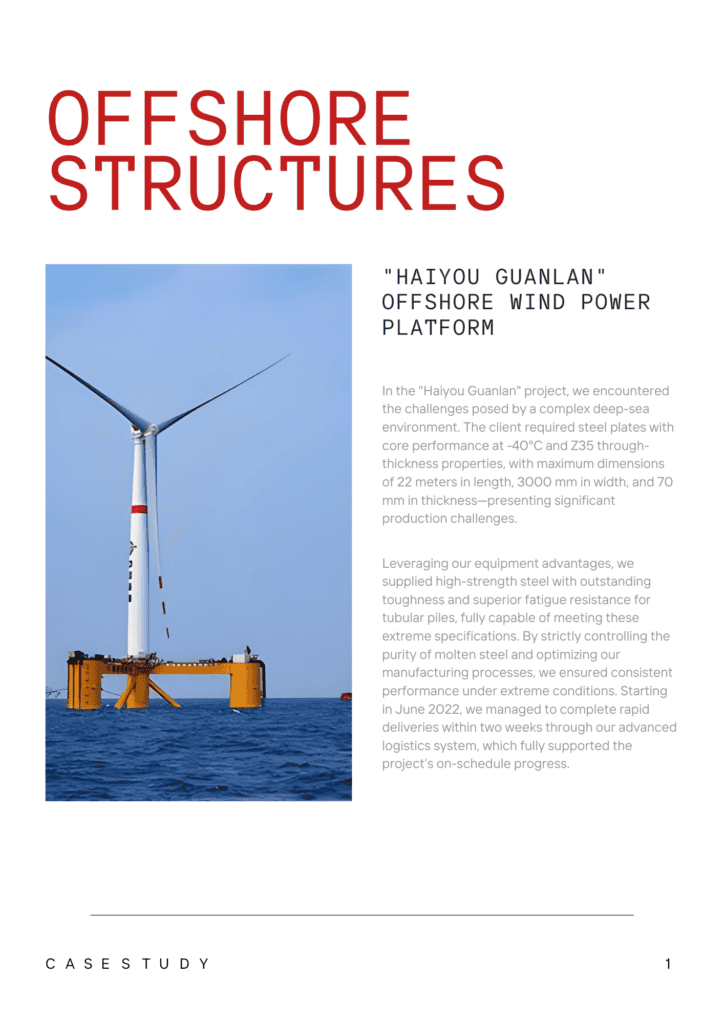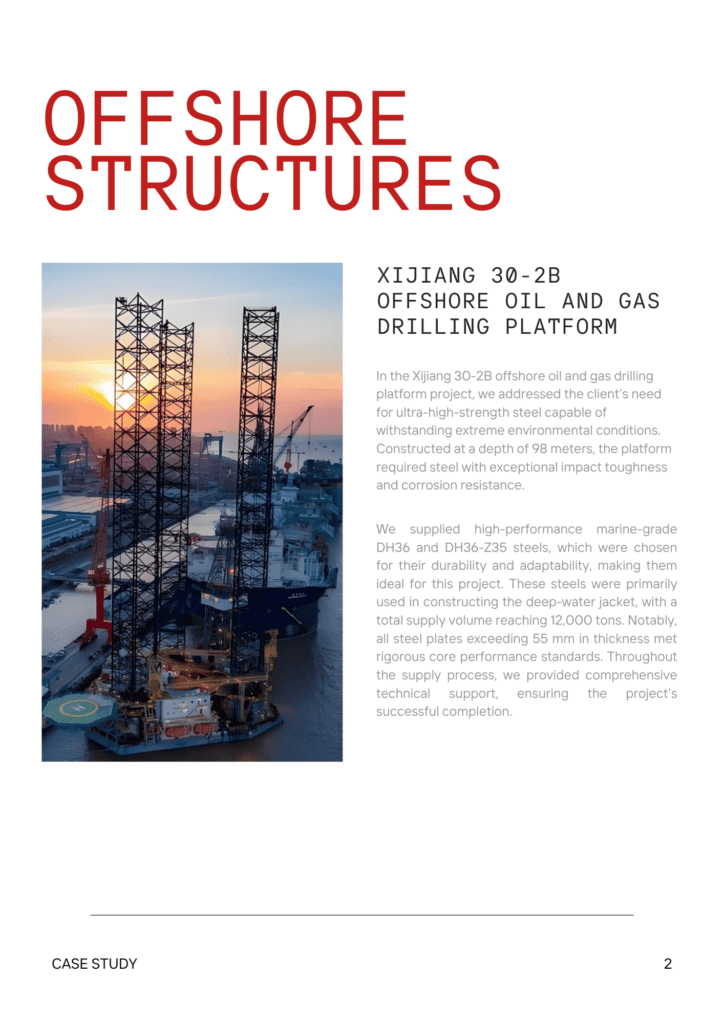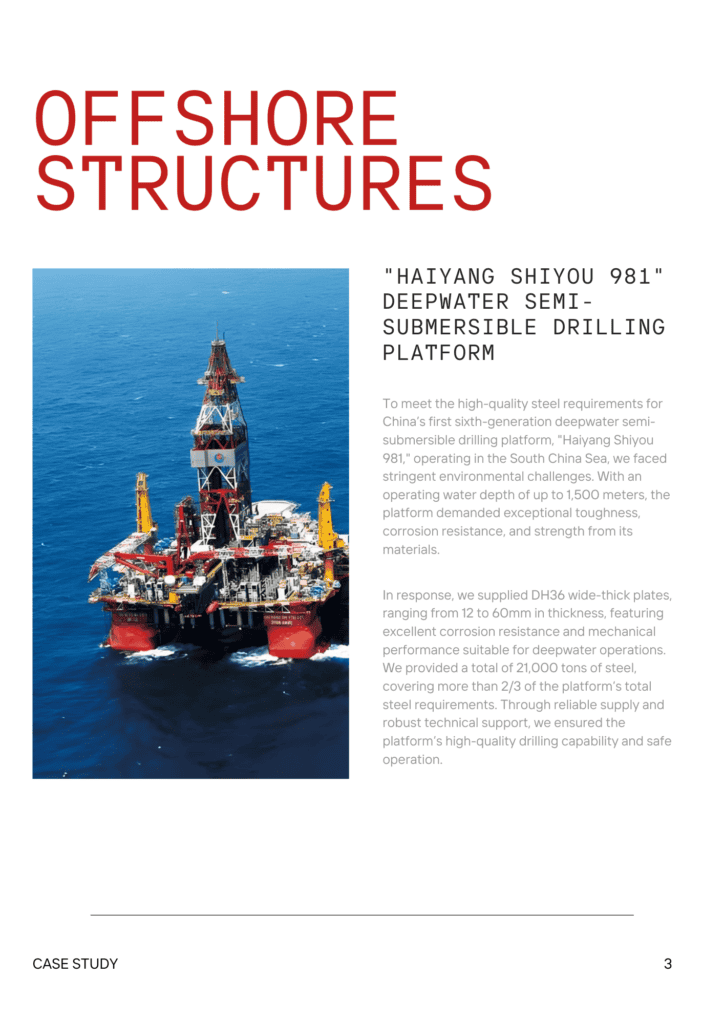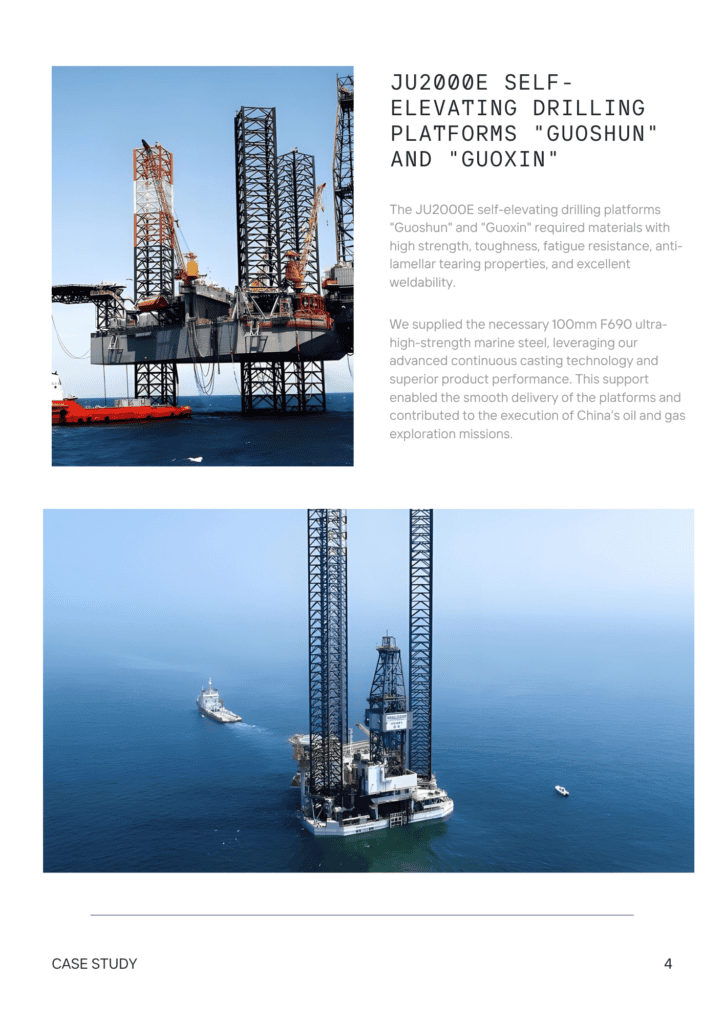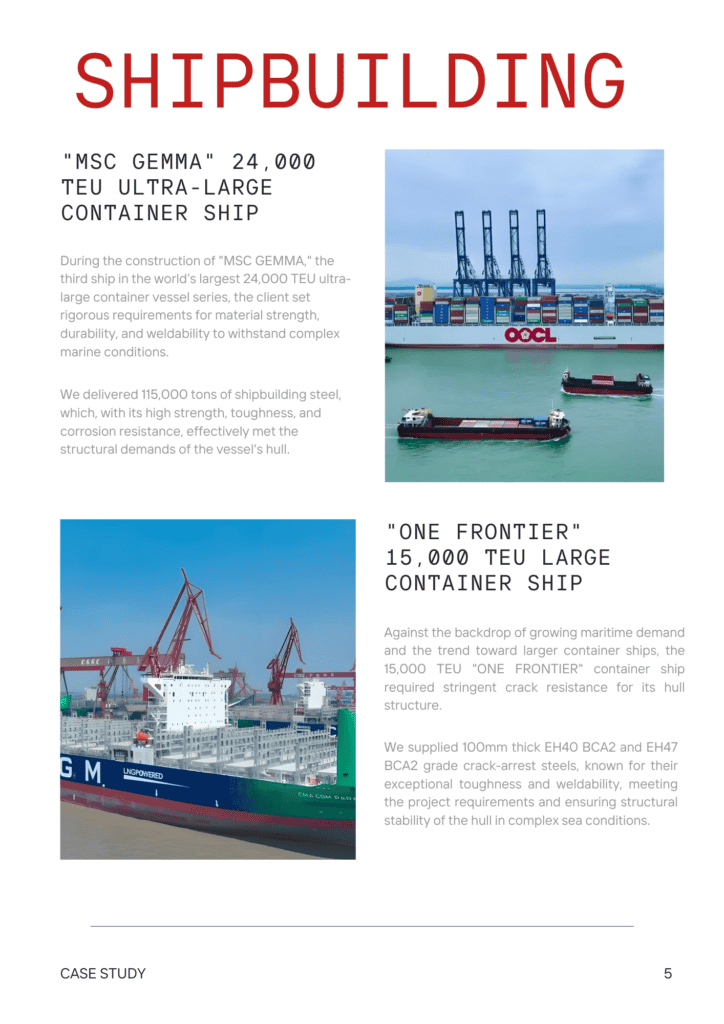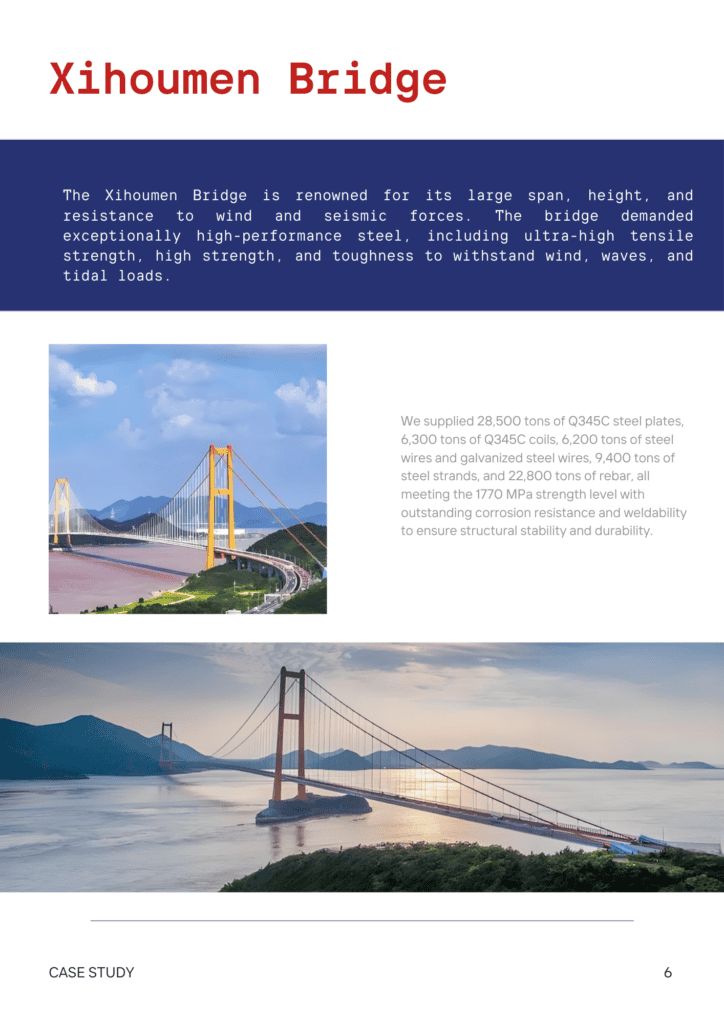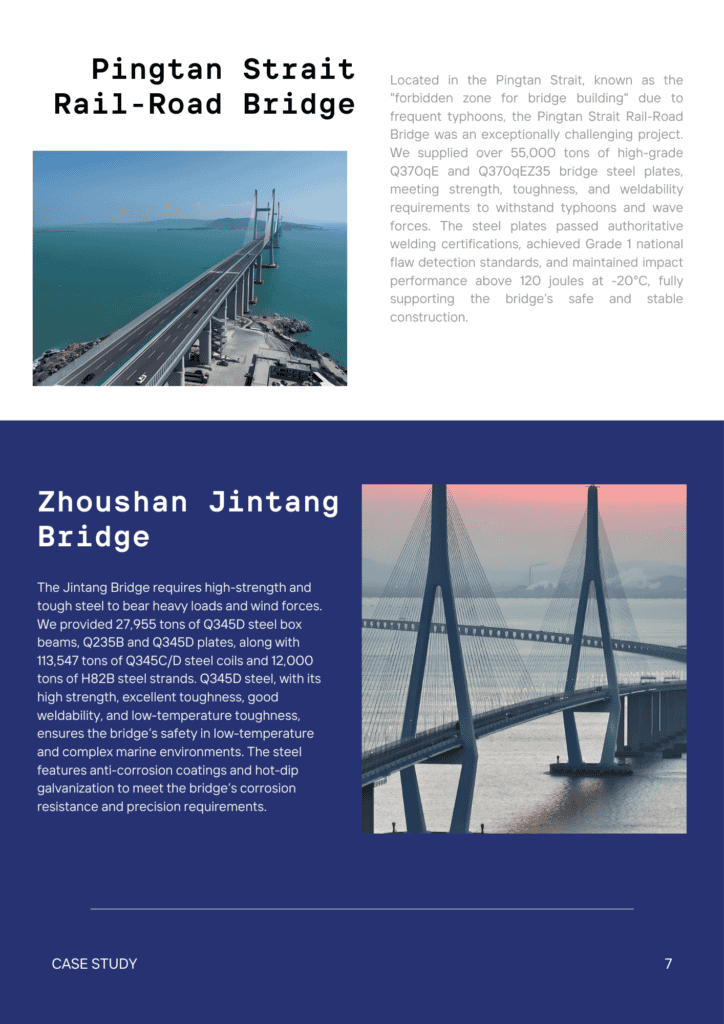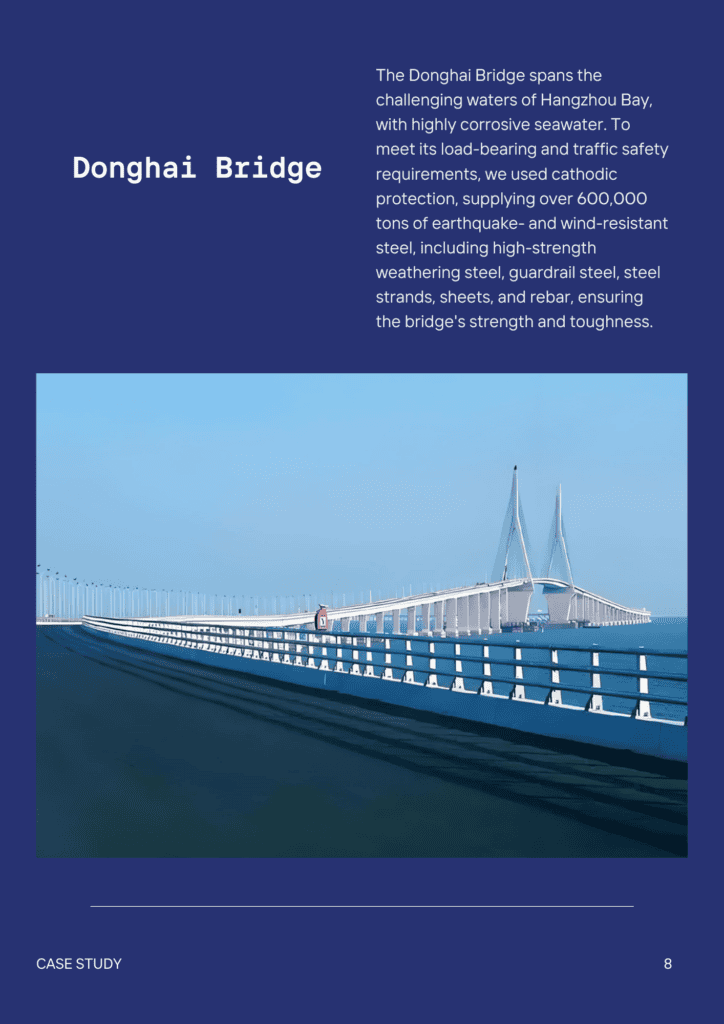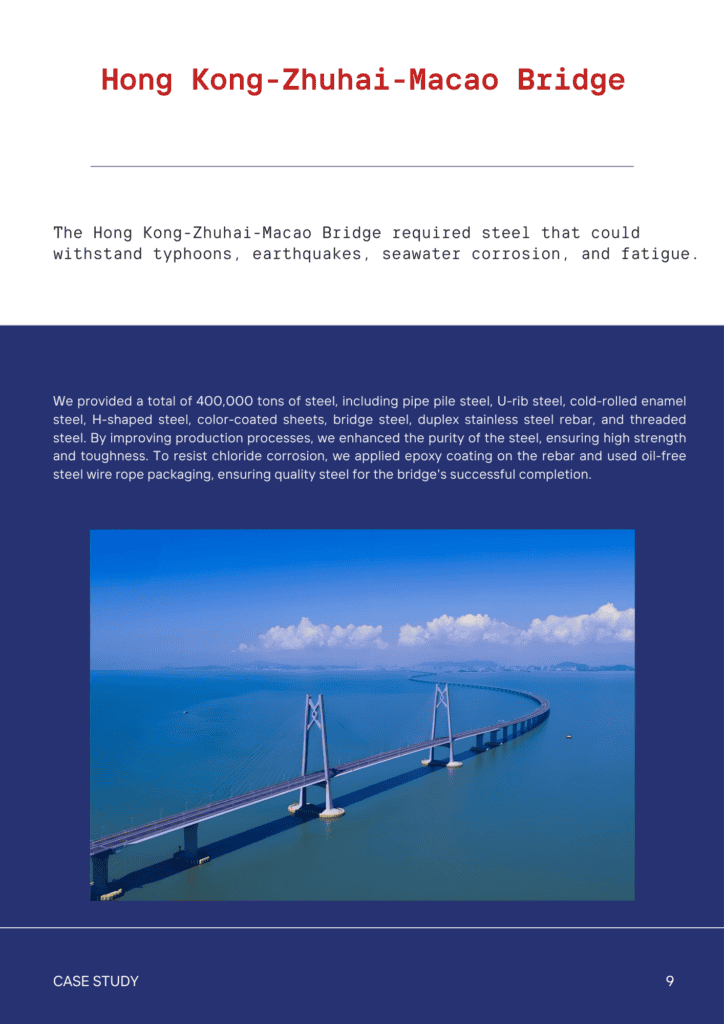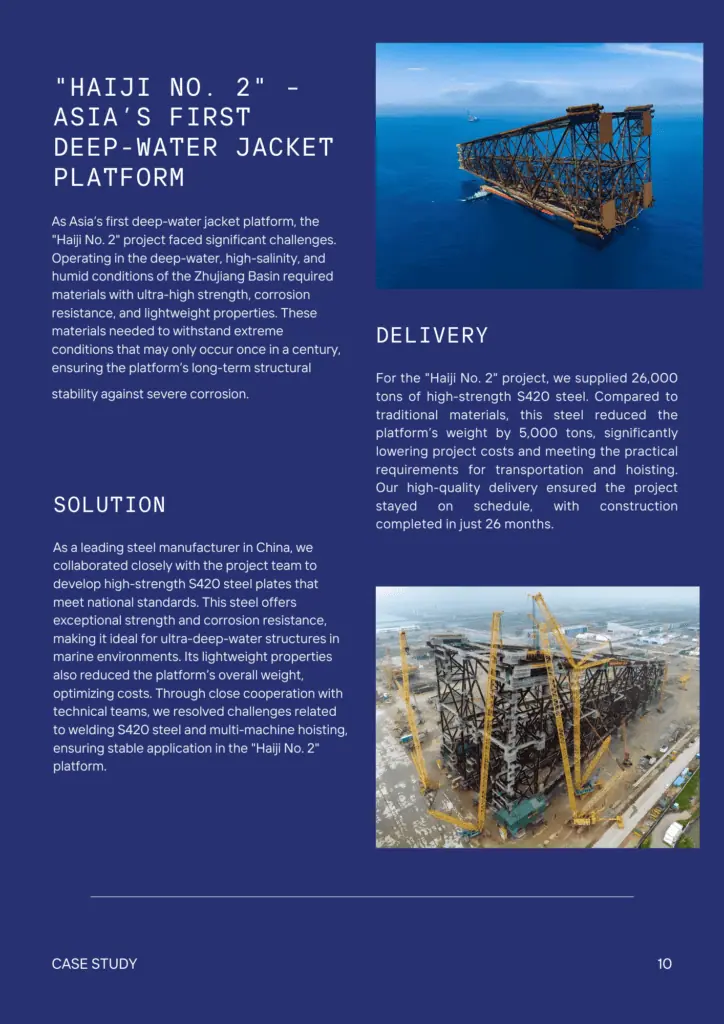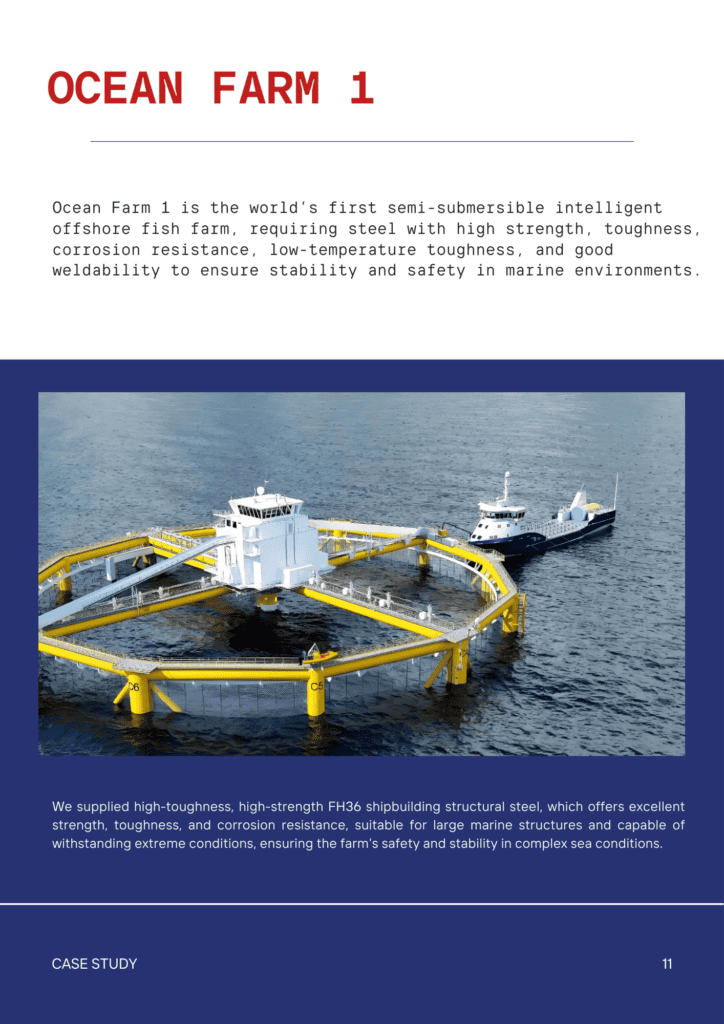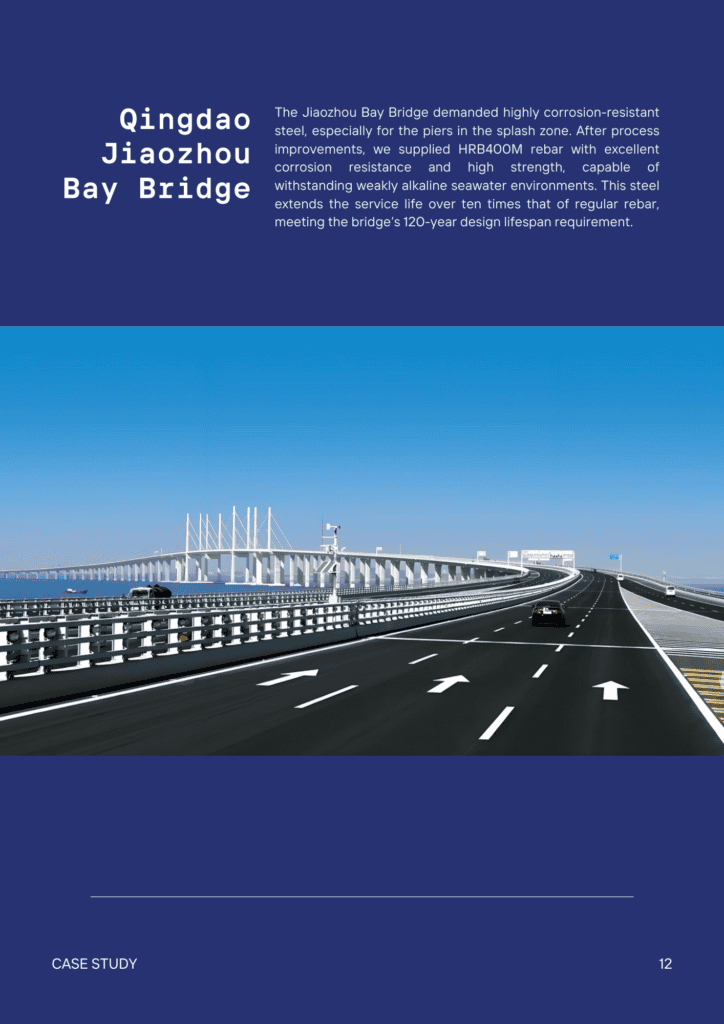Contents
Galvanized Wire: Properties, Characteristics, Uses
- John
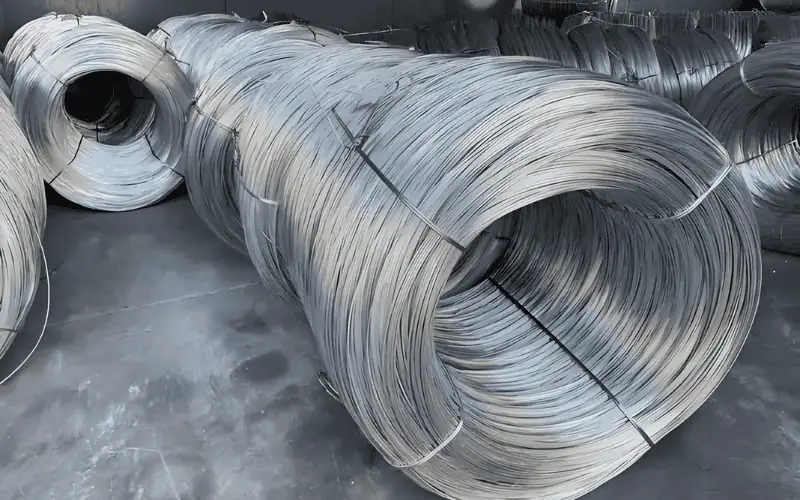
Galvanized wire is widely used in fencing, construction reinforcement, agricultural support, and electrical wiring. Its strength and weather resistance make it essential for long-lasting, high-performance applications.
This article will provide an in-depth look at galvanized wire, covering its definition, specifications, applications, pros and cons. You will also discover the wide range of applications where this versatile material excels.
What Is Galvanized Wire?
Galvanized wire is steel wire coated with zinc for corrosion resistance. It meets standards like ASTM A641, ASTM A123, and ISO 1461. Known for strength, durability, and rust resistance, it’s used in fencing, construction, agriculture, and wiring. Available in coils, strands, and single wires, it provides high tensile strength and flexibility.
Different Types of Galvanized Steel Wire
Hot-Dip Galvanized Wire
This wire is immersed in molten zinc, creating a thick, durable zinc coating that provides high corrosion resistance. It’s commonly used in outdoor applications like fencing, construction, and agriculture.
Electro-Galvanized (Cold-Galvanized) Wire
Produced by electroplating, this wire has a thinner zinc coating than hot-dip galvanized wire, offering moderate corrosion resistance. It’s often used in indoor applications or for temporary outdoor projects.
High-Tensile Galvanized Wire
Made with high-carbon steel, this wire has increased tensile strength, ideal for applications requiring strong tension, like suspension systems, overhead lines, and vineyard trellising.
Annealed Galvanized Wire
This wire is heat-treated (annealed) after galvanizing, which softens it and makes it more flexible. It’s suitable for tying, binding, and applications where pliability is necessary.
PVC-Coated Galvanized Wire
This wire has an additional PVC layer over the zinc coating, enhancing corrosion resistance and offering more durability and weather protection. It is often used for garden fences, marine environments, and decorative applications.
Bale Ties
They are specialized types of galvanized steel wire, designed for securely bundling and compressing materials in the recycling and packaging industries.
- Single Loop Bale Ties: Galvanized wire with a single loop on one end, used for tying compacted bales in recycling and packaging.
- Double Loop Bale Ties: Galvanized wire with loops on both ends for secure wrapping, ideal for tightly compressing materials like paper and textiles.
The Property Data of Galvanized Wire
| Property | Imperial Units | Metric Units |
| Coating Thickness | 0.2 – 4 mils | 5 – 100 microns |
| Diameter Tolerance | ±0.8 – ±1.2 mils | ±0.02 – ±0.03 mm |
| Tensile Strength | 50 – 290 ksi | 350 – 2000 MPa |
| Elongation | 10% – 25% | 10% – 25% |
| Torsion Test | 15 – 25 twists per foot | 50 – 80 twists per meter |
Galvanized Steel Wire Gauge Chart
The wire gauge is a standardized system used to measure the diameter or thickness of a wire. The gauge number indicates the size of the wire, with higher gauge numbers representing thinner wires and lower gauge numbers indicating thicker wires.
| Gauge (AWG) | Diameter (Inches) | Diameter (mm) |
| 6 | 0.162 | 4.115 |
| 8 | 0.1285 | 3.264 |
| 10 | 0.102 | 2.591 |
| 12 | 0.0808 | 2.053 |
| 14 | 0.0641 | 1.628 |
| 16 | 0.0508 | 1.291 |
| 18 | 0.0403 | 1.024 |
| 20 | 0.032 | 0.812 |
The Advantages of Galvanized Wire
Corrosion Resistance
The zinc coating on galvanized wire forms a protective layer that resists rusting, especially in outdoor conditions. Zinc’s natural electrochemical properties allow it to sacrifice itself, corroding before the steel core. This makes galvanized wire can last up to 50 years in non-extreme environments.
High Tensile Strength
This high strength makes it suitable for load-bearing applications, like construction reinforcements, where it can handle both static and dynamic stress.
Flexibility
The galvanized wire remains pliable enough for applications requiring bending and manipulation. This flexibility allows it to be wound or tied without compromising the zinc layer, which is especially useful in baling, binding, and fencing applications.
However, if extremely precise or intricate shaping is required, the zinc coating can sometimes crack under excessive manipulation
Cost-Effectiveness
Compared to stainless steel, galvanized wire is a more economical choice. Galvanizing costs about 10-30% of the price of producing stainless steel, making it an affordable yet durable solution for applications where complete rust immunity isn’t required.
The Disadvantages of Galvanized Wire
Weight Increase
The zinc coating adds to the wire’s weight, increasing bulk by around 10-15% compared to bare wire. This additional weight can influence handling costs and transportation, especially in large quantities.
Not Suitable for Extreme Corrosive Environments
In marine environments with salt exposure or industrial zones with acidic pollutants, zinc coatings deteriorate faster, typically lasting only 5-10 years at 100 microns. Additional protective layers, such as PVC coating, are recommended for such environments.
Reduced Strength at High Temperatures
Galvanized wire’s zinc layer begins to degrade at temperatures above 392°F (200°C). This makes it unsuitable for applications near heat sources or in high-temperature industrial settings. It is also difficult for welding.
Applications of Galvanized Wire
Agricultural Fencing
Galvanized wire is used in agricultural fencing to secure livestock, define property boundaries, and protect crops. Its corrosion resistance makes it suitable for long-term outdoor use in varied weather conditions.
Construction Reinforcement
In construction, galvanized wire reinforces concrete structures and secures scaffolding. Its high tensile strength and rust resistance are essential for maintaining structural stability and longevity in building projects.
Packaging and Bundling
Galvanized wire is widely used for bundling and securing goods during packaging, storage, and transportation. Its adaptability and strength make it perfect for securely bundling materials without snapping.
Electrical Grounding and Binding
Galvanized wire is employed in electrical grounding and as binding wire in installations. The zinc coating protects the wire from corrosion, ensuring safe and durable connections over time.
Security Barriers and Barbed Wire
Galvanized wire is used in security applications, such as barbed wire and perimeter fencing, to protect properties, industrial sites, and high-security areas. The strong zinc coating offers durability and creates a lasting physical deterrent.
Garden and Vineyard Support
In gardens and vineyards, galvanized wire supports plant growth and trellis structures. It resists rust in humid environments, making it ideal for holding vines, climbing plants, and young trees.
Industrial Cable and Rope
Galvanized wire is integral to making industrial and marine cables and ropes. Its durability and rust resistance make it ideal for hoisting, hauling, and other demanding uses.
Premium Galvanized Wire
Steel Pro Group provides galvanized wire with a high-quality zinc coating that is continuous and uniform, free from cracks, tears, or weak spots for optimal protection. We offer a wide range of sizes from 8 to 24 gauge and provide customization options to suit your project’s specific needs, ensuring durable, dependable performance in any application.



